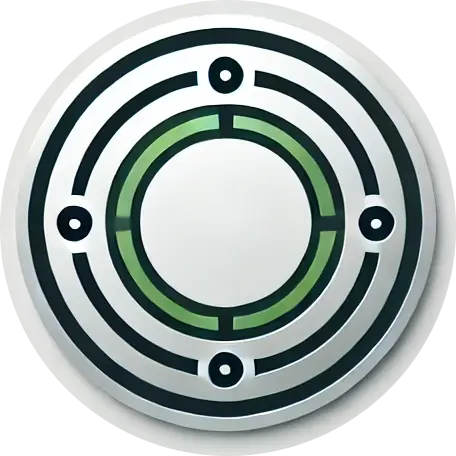
In early 2025, WorkComposer, a popular employee monitoring app, exposed over 21 million screenshots to the public due to an unprotected Amazon S3 bucket.
🔍 Exposed Data:
- Internal emails and chats
- Financial records and confidential documents
- Passwords, API keys, and login credentials
- HR related personal information (PII)
- Possibly health information (PHI)
🔥 Impact:
- Potential Security Risks: Corporate espionage (data and IP theft), account takeovers, phishing, financial theft, identify theft, network infiltration.
- Compliance Risks: Potential GDPR, HIPAA and CCPA violations
- Reputation Damage: Loss of trust in employee monitoring tools
🛡️ Response:
- Discovered by researchers in February 2025
- Public access closed by early April 2025
- As of this post, no formal public statement issued by WorkComposer
🔹 Key Takeaway: If you or your company were using WorkComposer during the period of this breach, it’s important to take proactive steps to protect yourself. Here are some recommended actions for affected users (employees and organizations alike):
- Change Potentially Compromised Credentials: Immediately update any passwords keys that might have appeared on your screen during the time WorkComposer was in use. This includes passwords you typed or displayed, API keys or tokens shown, and even meeting IDs or access codes. Since login credentials and other sensitive info may have been captured in the screenshots, assume they are compromised and create new, strong passwords for those accounts. Also revoke and reissue API keys or tokens that were possibly exposed.
- Enable Multi-Factor Authentication (MFA): For all work-related (and personal) accounts potentially involved, turn on two-factor or multi-factor authentication if available. Reset any MFA that was being set up while the WorkComposer app was in use.
- Monitor Accounts and Watch for Suspicious Activity: Keep a close eye on your financial accounts, work accounts, and email inboxes for any unauthorized activity. If the screenshots revealed things like your email address or work account info, attackers might attempt to log in or impersonate you. Watch for login alerts or strange new devices/sessions on your accounts. Watch out for phishing attempts – attackers could use information gleaned from the screenshots (like referencing a project or naming a colleague) to craft convincing scam emails. If you receive any unexpected messages that reference your workplace or personal details from that timeframe, be extra cautious.
- Identity Theft Safeguards: Given the risk of identity theft, consider taking precautions with your personal data. If any personal identifiers (full name, address, phone, or even things like social security numbers or bank info) might have shown up on your screen, you may want to monitor your credit reports or set up fraud alerts/freezes with credit bureaus. Be alert to any signs of impersonation or new accounts opened in your name.
- Contact Your Employer or IT Department: Affected users should reach out to their company’s IT/security team to confirm if their data was part of the leak. They might provide guidance such as forced password resets or other mitigations. Follow any instructions from your organization about securing your work accounts. It’s also helpful to ensure your IT team knows which of your accounts or projects might have been visible so they can assess risks.
- Beware of Scams Exploiting the Breach: Cybercriminals sometimes exploit news of a breach to launch scams (for instance, emails pretending to offer help, or fake WorkComposer communications). Be skeptical of unsolicited communications related to this incident. For example, if you get an email claiming “We need to verify your account due to the WorkComposer breach,” double-check its legitimacy (it could be phishing). When in doubt, contact the service or your company through official channels.
- Practice Good Cyber Hygiene Ongoing: This breach underscores the importance of routine security habits. Avoid displaying sensitive info on-screen unless necessary (especially on monitored work systems). Going forward, never reuse passwords across work and personal accounts – if an old password was exposed via screenshot, you don’t want it to be the key to your other accounts. Keep your devices and software updated to reduce other vulnerabilities. Essentially, continue following best practices to minimize harm from any data exposure.
- For Companies – Review Data Practices: Companies affected should conduct a security review. This includes auditing if any unauthorized access occurred, informing legal/regulatory bodies if required, and reconsidering what third-party tools have access to sensitive data. They should ensure any cloud storage is properly configured and educate vendors and staff on cloud security “shared responsibility”. Affected businesses may also need to notify individuals (employees) whose data was exposed, per laws like GDPR. While these are organizational actions, employees can advocate for them or inquire if their company is taking these steps.
Sources: Cybernews, SC Media, TechRadar, Tom’s Guide, Gizmodo
WorkComposer Data Leak: A Major Wake-Up Call
